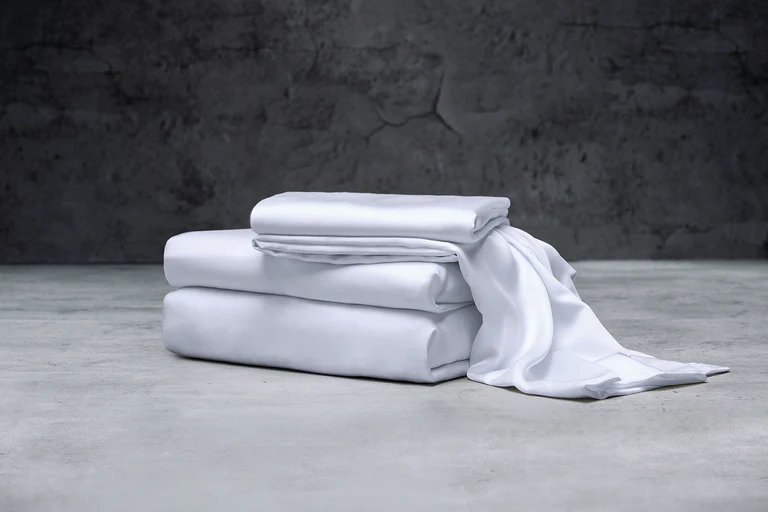Phân tích ưu nhược điểm của việc sử dụng vải Lyocell trong dệt may gia đình như sau:
Thuận lợi:
- Environmental friendliness: The production process of Lyocell fiber has minimal impact on the environment, aligning with current green, low-carbon, and environmentally friendly development concepts. Derived from renewable cellulose in nature, its production process does not use any chemical substances, making it sustainable and biodegradable.
- Comfort: Lyocell fabric has excellent skin-friendliness, being soft and smooth, providing a warm and cozy feeling. Ngoài ra, its excellent breathability effectively wicks away sweat and ventilates, keeping the skin dry and enhancing comfort.
- Durability and wrinkle resistance: Lyocell fabric exhibits good wear resistance and wrinkle resistance due to its fiber structure. After multiple washes, it can retain its original shape, eliminating concerns about wrinkling.
- Ease of care: Lyocell fabric is easy to clean and maintain. Simple wiping with water or gentle washing can restore its original gloss and texture. Ngoài ra, it dries quickly, resists deformation, and is convenient for carrying and storage.
Nhược điểm:
- Vulnerability to snags and holes: A major drawback of Lyocell fabric is its susceptibility to snags and holes, especially in fabrics with a higher Lyocell fiber content. Therefore, special care must be taken to avoid contact with sharp objects during use.
- High requirements for washing and maintenance: Lyocell fiber cannot be twisted dry after washing and should not come into contact with acidic or alkaline detergents, as this may affect its fiber structure and performance. Correct washing and maintenance methods are required to extend its lifespan.
Tóm tắt, Lyocell fabric used in home textiles offers certain advantages, such as environmental friendliness, an ủi, and durability. Tuy nhiên, it also has some disadvantages that need to be considered. When choosing to use Lyocell fabric, it is essential to weigh and consider specific needs and scenarios.
